Do you have a question about the ThermoFisher Scientific Applied Biosystems MiniAmp and is the answer not in the manual?
Overview of the MiniAmp and MiniAmp Plus Thermal Cycler functionalities and core purpose.
Details on the capabilities and features of the MiniAmp and MiniAmp Plus Thermal Cycler.
Lists essential items not included with the thermal cycler for setup and operation.
Step-by-step instructions for unpacking, installing, and initially configuring the thermal cycler.
Explanation of buttons and icons on the instrument's touchscreen interface for navigation.
Guides for using the on-screen keyboards for text input and numerical data entry.
Procedure for establishing a network connection using an Ethernet cable.
Instructions for connecting the instrument to a wireless network.
Steps to link the instrument to a computer for remote control or monitoring.
Guidance on creating new PCR protocols and modifying existing ones.
Steps for loading samples and initiating a PCR run on the instrument.
Detailed instructions on starting and executing a PCR experiment.
How to view the progress and status of an ongoing PCR run.
Procedure for safely terminating an active PCR run.
Procedures for maintaining the instrument's cleanliness and operational status.
Instructions for safely replacing blown fuses in the instrument.
Steps to update the instrument's internal software for new features or fixes.
How to perform an automated diagnostic check of the instrument's hardware.
A guide to common issues and their recommended solutions for the thermal cycler.
Procedure for preparing and sending the instrument for repair or maintenance.
Instructions for connecting the instrument to a mobile device for remote access.
Guidance on optimal settings for various instrument functions and configurations.
Configuration options for instrument name, date, time, and other parameters.
Steps to set up wired or wireless network connections for the instrument.
Process to reset the instrument to its original factory default settings.
How to view and manage records of past PCR runs performed on the instrument.
Managing quick access options for USB drive operations on the instrument.
Setting up and managing user accounts and security modes for multi-user access.
Catalog numbers for ordering the MiniAmp thermal cycler and its components.
List of available consumables, such as tubes, plates, and accessories, with part numbers.
Guidelines for the physical location and space needed for instrument installation.
Specifications for temperature, humidity, and other environmental factors for operation.
Detailed technical data including dimensions, weight, power, and performance metrics.
Physical dimensions, weight, and power consumption requirements for the instrument.
Diagrams and descriptions of the instrument's power switch, ports, and connectors.
Information on the default PCR protocols available on the instrument.
Information on where to find additional documents and resources for the instrument.
Contact information and resources for obtaining assistance with the instrument.
Details on the manufacturer's warranty terms and conditions for the product.
Steps to establish a network connection for the thermal cycler to use fleet control software.
Explanation of hazard and safety symbols found on the instrument.
Details on specific safety warnings and precautions for instrument operation.
Visual guide to the placement of safety labels on the instrument's exterior.
Information regarding the presence of hazardous substances according to China's RoHS standard.
General safety guidelines and precautions for operating the thermal cycler.
Procedures and precautions for cleaning and decontaminating the instrument.
List of standards the instrument complies with regarding safety and EMC.
Guidelines for the safe handling, storage, and disposal of chemicals used with the instrument.
Precautions for working with biological samples and managing biohazards.
| Type | Thermal Cycler |
|---|---|
| Block Format | 96-well |
| Connectivity | USB |
| Frequency | 50/60 Hz |
| Heated Lid | Yes |
| Temperature Range | 4°C to 99°C |
| Temperature Accuracy | ±0.25°C |
| Display | Touchscreen |
| Voltage | 100-240 V |

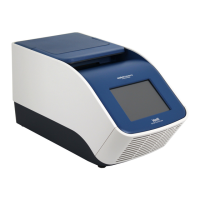
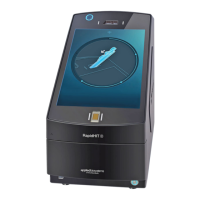
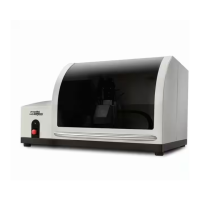



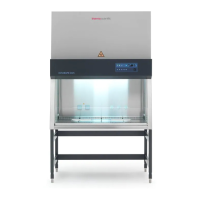

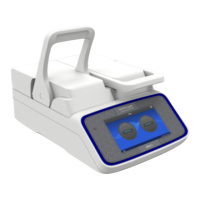
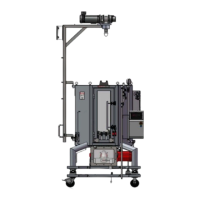
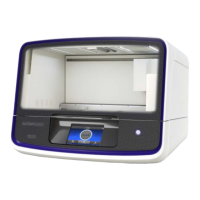
